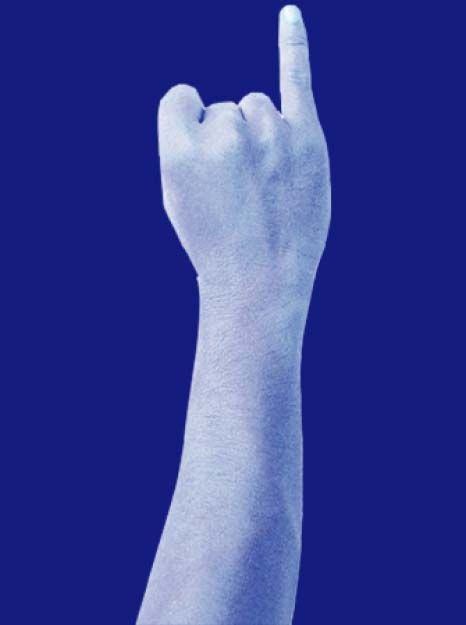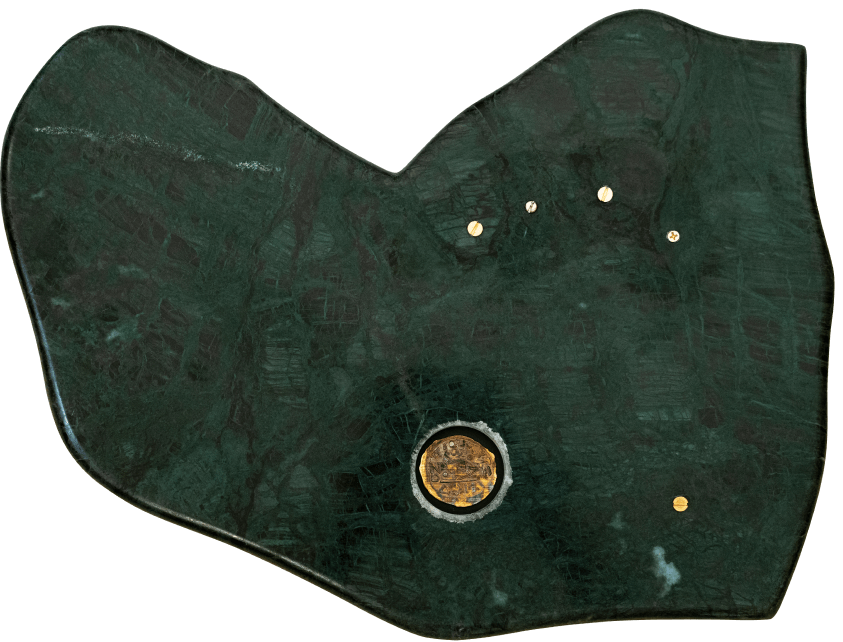Gestures with meanings
One of those ways is through ‘nonverbal communication.’ That refers to our gestures, facial expressions, tone of voice, eye contact (or lack thereof), body language, posture and other ways we can communicate without using language. One of the most common ways of expressing oneself is through hand gestures. What fingers you hold up, and how you move your hands, mean different things in different cultures. Here are just a few.
Leonard Mlodinow, American theoretical physicist and author
In the United States: Okay, Excellent.
In Russia: Zero, Worthless.
In Japan: Money.
In most of the Middle East: “Ya
waylak” (male) “Ya waylek” (female)
You are in trouble.

In Italy: What do you want? What
are you saying?
In Turkey: Someone is beautiful.
In Morocco: Be quiet.
In most of the Middle East:
Slowdown or be patient.

In the United States: A pinky swear or promise.
In China: Same as the thumbs down sign,
indicating you are not happy.
In Spain: You are skinny.
In most of the Middle East: Similar to Spain, it
refers to someone being thin or petite.


Nodding and shaking your head across the Arab world and many parts of the world: A nod means ‘yes,’ and a head shake means ‘no’. But in some parts of the world, such as Bulgaria and Armenia, it’s the other way around; where a nod means ‘no’ and a head shake means ‘yes’.

In Western cultures: Eye contact is considered an essential part of a conversation.
In the United States: Americans deem someone who does not look into your eyes as shifty or as someone not telling the truth.
In Brazil: Eye contact should be prolonged. People see each other through the eyes to determine the sincerity of the person they are speaking with.
In most African and Asian countries: Prolonged eye contact is considered rude.
In Japan: You can have slight eye contact, but the rest of the conversation should be done with minimal to no eye contact at all. You can look at the neck or other parts close to the eyes.


